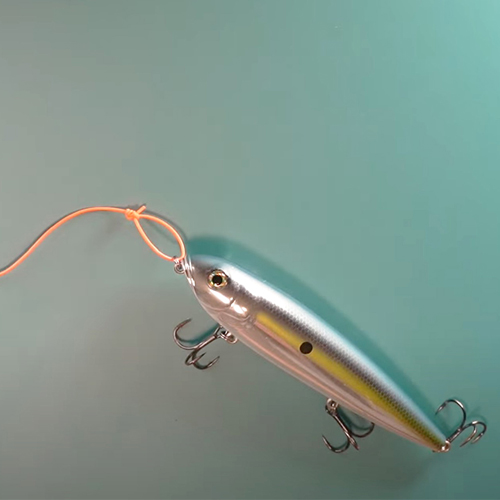How to Tie an Albright Knot
The Albright knot is one of the best knots you can tie when connecting two lines of different materials and diameters. Learn when to use the Albright fishing knot, and how it can be used when fly fishing.
Albright Fishing Knot Uses
When learning about different types of fishing knots, including the Albright, it may help to have a few examples of when you might want to use each type of knot. The Albright is most often used when connecting two lines of differing diameters because it is a strong, sleek, and low profile knot.
While there are other situations that may call for the use an Albright or improved Albright, here are some common examples:
- When you are attaching heavy monofilament or fluorocarbon leader to lighter braided fishing line.
- When you are attaching wire leader to monofilament fishing line as a bite leader.
- As a fly line knot, when you are attaching your fly line to your fly line backing.
- As one of the fly fishing knots you can use to attach monofilament tippet to wire bite tippet.
If you plan to use the Albright to connect wire leader material or wire bite tippet to monofilament, be sure to have a pair of pliers handy. Pliers will make it much easier for you to bend and twist the wire when tying this knot.
Albright Knot Tying Steps
Now that you know when to use this fishing knot, it's time to learn how to tie it. All you have to do is follow five steps to learn how to tie an Albright knot.
- Form a loop in the thicker diameter line, and pass the tag end of the main line through the loop.
- Run the tag end behind the loop, and then make ten tight turns (starting at the base of the loop).
- Feed the tag end of the main line back through the loop
- Pull opposite ends (meaning the tag and standing portions of the main line and the tag end of the thicker line) to tighten the knot.
- Trim both tag ends, and that's it!
Once you practice tying the Albright a few times, you'll be able to tie it quickly and more confidently. You can also create a more secure version of the Albright by learning how to tie an improved Albright.
Albright Knot vs Improved Albright Knot
While the Albright knot strength is high, you can tie an even stronger version of the Albright called the improved Albright. The improved Albright knot is particularly useful when working with single-strand wire. For example, if you plan to do any saltwater fly fishing for toothy species such as king mackerel, you can use the improved Albright when attaching your tippet to your wire bite tippet.
To tie an improved Albright, you simply need to add one more step before tightening the knot and trimming the tag ends -- you would feed the tag end back through the loop as outlined in the third step, but then add an additional step by making three to five turns around the loop. Once you make three to five turns around the loop, tighten the knot by pulling in the direction of the loop, and then trim the tag ends.
KEEP LEARNING

How to Tie the Non-Slip Loop Knot
The non-slip loop knot is a popular and reliable choice for securing hooks, lures, and other tackle to your fishing line.
LEARN MORE

Socials
Take me fishing social media links
LEARN MORE

TakeMeFishing x Teen Vogue
Join us on a creative journey as fashion designer Ahmrii Johnson walks us through her collaborative vision and process with Teen Vogue and fashion brand, Rentrayage, to create a special piece.
LEARN MORE


.png?lang=en-US&ext=.png)